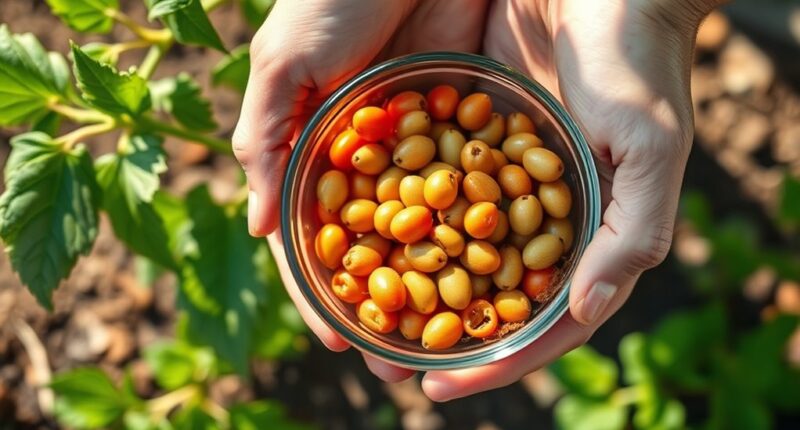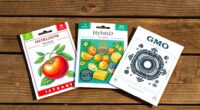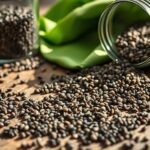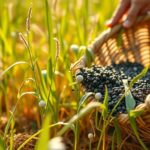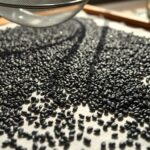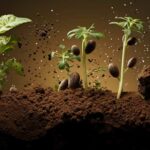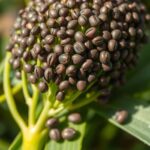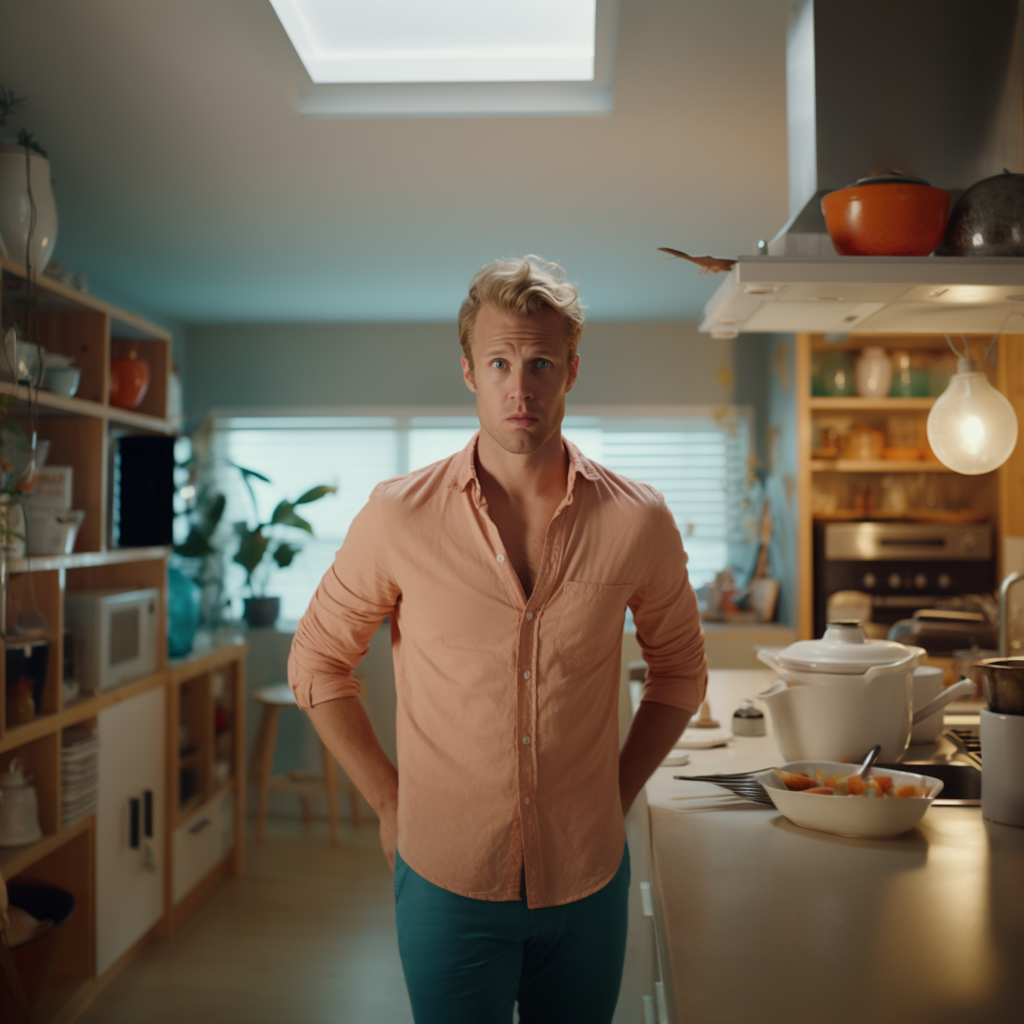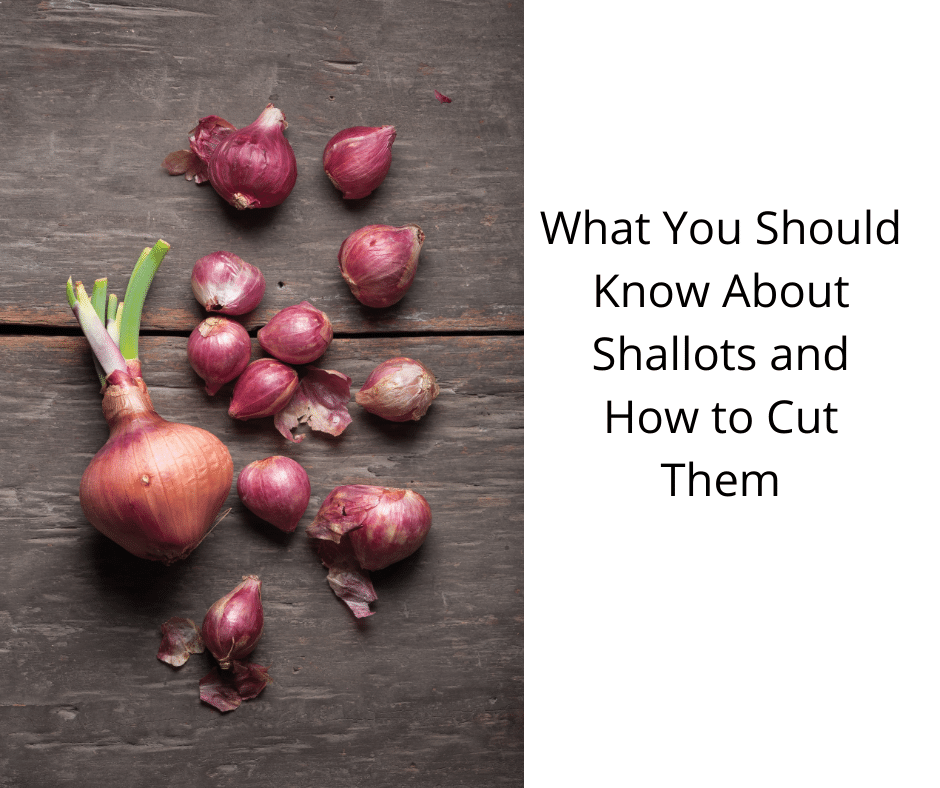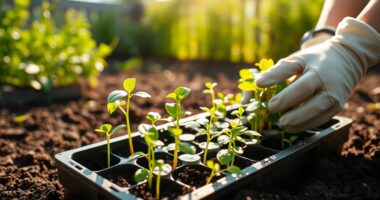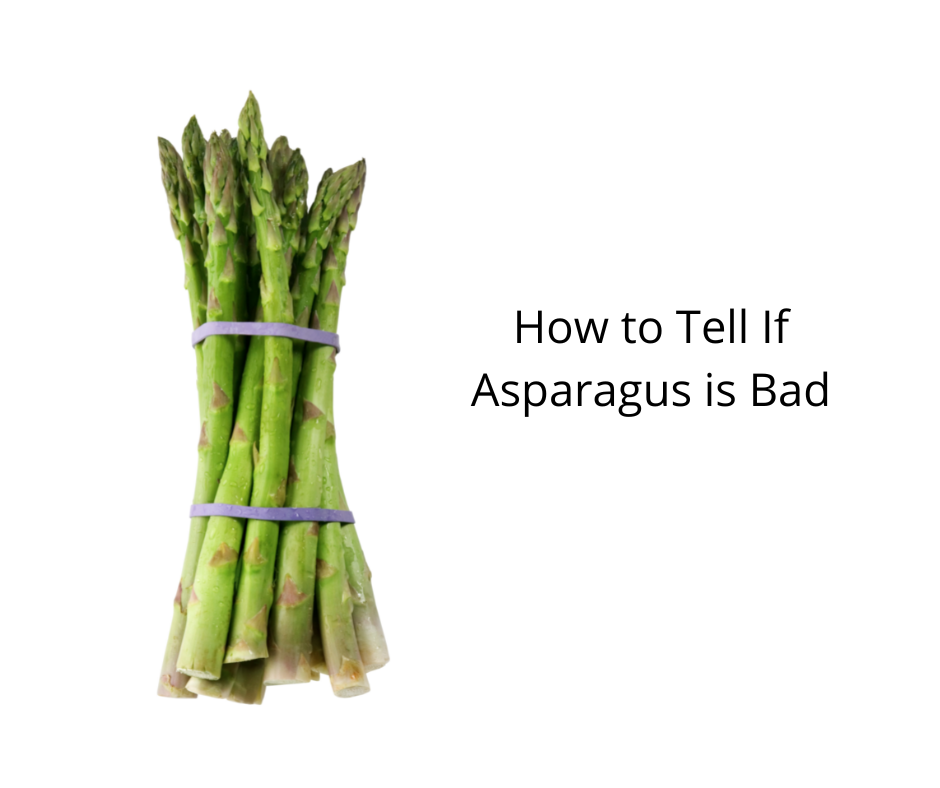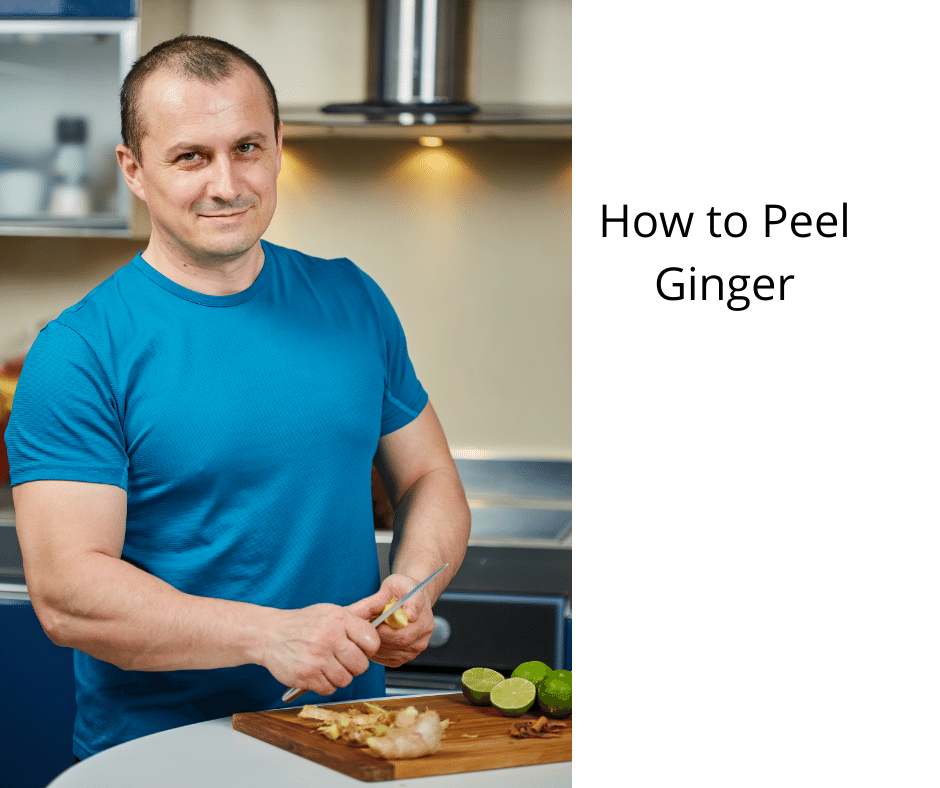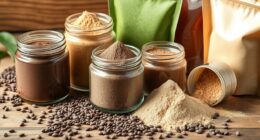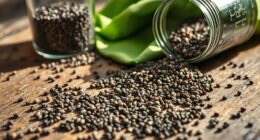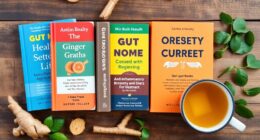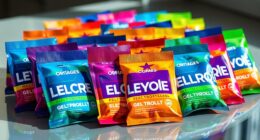To save seeds from your garden, wait until fruits or seed heads are fully mature. Harvest at the right time, then clean and dry the seeds thoroughly to prevent mold. Store seeds in labeled, airtight containers in a cool, dry, dark place to maintain viability. Proper harvesting, drying, and storage maximize your seeds’ longevity. If you want to learn detailed steps to ensure healthy, viable seeds for next season, keep exploring this guide.
Key Takeaways
- Wait until fruits or seed heads are fully mature and ripened before harvesting to ensure seed viability.
- Carefully extract seeds from mature fruits, then clean and dry them thoroughly to prevent mold.
- Label seeds with variety and harvest date, and store in a cool, dry, dark container for longevity.
- Use controlled pollination methods or barriers to maintain plant genetic traits and prevent unwanted cross-pollination.
- Keep stored seeds in a stable environment at around 40-50°F to maximize germination success over time.

Saving seeds from your garden allows you to grow your favorite plants year after year and saves money on purchasing new seeds. To do this successfully, understanding seed viability is vital. Seed viability refers to a seed’s ability to germinate and grow into a healthy plant. Not all seeds are created equal; some may lose their ability to sprout after storage or due to poor harvesting practices. To guarantee your saved seeds will grow, you need to select mature, healthy fruits or seed heads at the right time. For example, wait until tomatoes are fully ripened and firm before extracting seeds, and ensure beans or peas are fully mature on the vine. Proper harvesting at the right stage guarantees better seed viability, increasing your chances of successful sprouting. Additionally, controlling pollination strategies can help maintain the genetic traits of your desired plants. pollination strategies play a vital role in seed saving, especially if you’re aiming to preserve true-to-type plants. Many plants rely on specific pollinators or wind to transfer pollen, which influences the genetic makeup of your seeds. If you want to save seeds from a reliable, consistent variety, you might need to take control of pollination. For example, hand-pollinating flowers or isolating selected plants using barriers or row covers prevents unwanted cross-pollination from other varieties. This way, you maintain the plant’s genetic purity, ensuring the seeds grow true to the parent plant. Understanding your plants’ pollination strategies helps you decide whether to leave nature to do its work or intervene to preserve specific traits. Once you’ve harvested your seeds, clean and dry them thoroughly to prevent mold and rot. Use a paper towel or screen to remove excess flesh or chaff, then store the seeds in a paper envelope, small jar, or paper bag. Label each container with the plant variety and harvest date. Keep the seeds in a cool, dry, and dark place—ideally around 40-50°F—to maintain seed viability over time. Proper storage conditions are key; moisture and heat can drastically reduce germination rates, so avoid storing seeds in the fridge or freezer unless they are thoroughly dried.
Frequently Asked Questions
How Do I Identify the Best Seeds to Save?
To identify the best seeds to save, look for seed maturity—wait until fruits or pods are fully ripened. Choose healthy, vigorous plants with desirable traits for good seed viability. Select seeds from plants that perform well in your garden, ensuring strong genetics for future growth. Proper plant selection and timing are key for seed preservation, helping you save high-quality seeds that will grow into strong, productive plants next season.
Can I Save Seeds From Hybrid Plants?
You can save seeds from hybrid plants, but keep in mind that seed viability is often lower, and the resulting plants may not resemble the parent. Hybrid vs heirloom seeds differ because heirlooms reliably produce true-to-type plants, while hybrids may not. If you want consistent results, it’s best to save seeds from heirloom plants. With hybrids, expect variation, and know that the seeds might not produce the same qualities.
How Long Can Saved Seeds Be Stored Effectively?
You can store seeds effectively for varying periods depending on seed storage conditions and seed longevity. Typically, seeds stay viable for 1-5 years if kept in a cool, dry, and dark environment. Proper seed storage minimizes moisture and temperature fluctuations, extending seed longevity. Regularly check stored seeds for signs of mold or sprouting. If stored correctly, your seeds can remain viable long enough to plant in multiple seasons.
Are There Any Seeds I Should Not Save?
Some seeds are like open books, revealing traits you might not want to pass on, so avoid saving hybrid seeds since seed viability can be unpredictable. Also, steer clear of saving seeds from diseased plants, as they can spread problems. Focus on healthy, open-pollinated seeds, and always do seed cleaning carefully to guarantee the best quality. Protect your garden’s future by choosing seeds wisely.
How Do I Prevent Seed Contamination?
To prevent seed contamination, you should focus on seed cleaning and proper storage. First, clean your seeds thoroughly to remove dirt and debris, which can carry diseases. Then, store them in airtight storage containers to keep out pests and moisture. Label your containers clearly, and keep them in a cool, dry place. Regularly check your seeds for mold or pests to make certain they stay healthy for future planting.
Conclusion
Now you’re practically a seed-saving wizard, ready to outsmart the supermarket and grow your own empire of produce. Just imagine, every seed you stash is like a tiny Trojan horse, sneaking past the grocery store’s overpriced walls. With your newfound skills, you’ll be the hero of your garden, wielding nature’s secret weapon—seeds—to conquer hunger and boredom alike. So go forth, plant those treasures, and watch your garden become the envy of all neighboring kingdoms!
